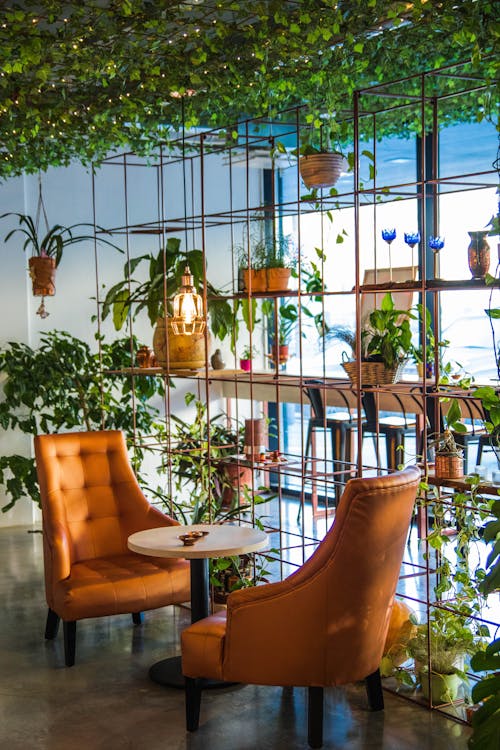Gardening Basics: How to Keep Indoor and Outdoor Plants Flourishing
Green Thumb Guide: Nurturing Lush Plants Indoors and Outdoors Gardening is a deeply rewarding way to bond with nature, whether you’re tending to vibrant outdoor gardens or fostering lush indoor greenery. A thriving collection of plants can elevate your living spaces and boost overall well-being. By mastering core care techniques, you can craft environments where plants grow healthily and bloom beautifully. Grasping the basics of gardening provides the foundation needed to cultivate successful, vibrant flora.
Choosing Plants That Suit Your Space
Picking the right plants for your specific conditions is key to gardening success. Factor in your climate, available light, and space when selecting species. For outdoor gardens, native plants are often ideal—they thrive in local conditions, require less upkeep, and naturally resist regional pests.
Indoor plants should align with your home’s light levels and humidity. Hardy varieties like snake plants and pothos are perfect for beginners, thanks to their adaptability. Taking time to research each plant’s needs ensures you can provide an environment where they’ll flourish.
Soil Health and Feeding Basics
The quality of soil directly impacts plant health. Outdoor plants often thrive in soil rich in organic matter, which delivers essential nutrients. Regularly testing soil pH and adding amendments like compost or peat moss can significantly boost growth.
Indoor plants may need specialized potting mixes designed to improve drainage and air circulation. Using slow-release fertilizers or natural options such as worm castings provides steady nourishment without the risk of over-feeding. Keeping an eye on soil moisture and adjusting your watering habits to match each plant’s needs helps foster a thriving garden.
Watering Wisely for Healthy Growth
Watering is a cornerstone of plant care, and balance is critical. Overwatering can lead to root rot, while underwatering may cause plants to wilt. Outdoor gardeners often find early morning watering beneficial—it reduces evaporation and lowers the risk of fungal diseases.
For indoor plants, understanding their unique water needs and using pots with drainage holes prevents water from pooling at the roots. Observing your plants for signs like droopy leaves or dry soil helps you water at the right time. Collecting rainwater is a sustainable choice, offering mineral-rich hydration for both indoor and outdoor plants.
Pruning and Routine Care
Regular pruning and maintenance encourage healthy growth and keep plants looking their best. Trimming away dead or diseased branches can ward off pests and stimulate new growth. For flowering plants, removing spent blooms (deadheading) often leads to more abundant, vibrant flowers.
Indoor plants benefit from occasional leaf cleaning to remove dust, which helps them absorb light more efficiently for photosynthesis. Trimming overgrown foliage maintains their shape and vitality. Learning plant-specific pruning techniques ensures you care for each type properly, supporting healthy development.
Tackling Pests and Diseases
Pests and diseases can challenge gardeners, but proactive steps can minimize damage. Attracting beneficial insects like ladybugs and bees supports natural pest control. Companion planting—where certain plants repel pests—offers an eco-friendly way to manage unwanted visitors.
Indoor gardeners may face fewer pests, but it’s important to watch for common issues like spider mites or fungal growth. Natural remedies such as neem oil or homemade insecticidal soap can address problems without harsh chemicals. Catching symptoms early often stops small issues from becoming major problems.
Adapting to Seasonal Shifts
Adjusting your care routine with the seasons enhances plant health and productivity. Outdoor gardeners can plan crop rotations and planting schedules around growing seasons to maximize yields. Knowing local frost dates and weather patterns helps inform when to plant, protect, or harvest.
Indoor gardeners can mimic seasonal changes using grow lights or humidity regulators, supporting year-round growth. Aligning your care with seasonal shifts ensures your plants continue to thrive and bring joy, no matter the weather outside.
Start Your Gardening Journey
Whether you’re tending to an outdoor garden or an indoor plant collection, gardening offers a fulfilling connection to nature—plus a chance to unleash creativity. By applying essential principles like smart plant selection, soil care, proper watering, and pest management, you can cultivate lush, vibrant green spaces.
Embracing seasonal changes, staying attentive to your plants’ needs, and using sustainable practices will help you create thriving gardens. These green havens enrich your living environment and well-being, bringing beauty, satisfaction, and a touch of nature’s calm to your daily life.
